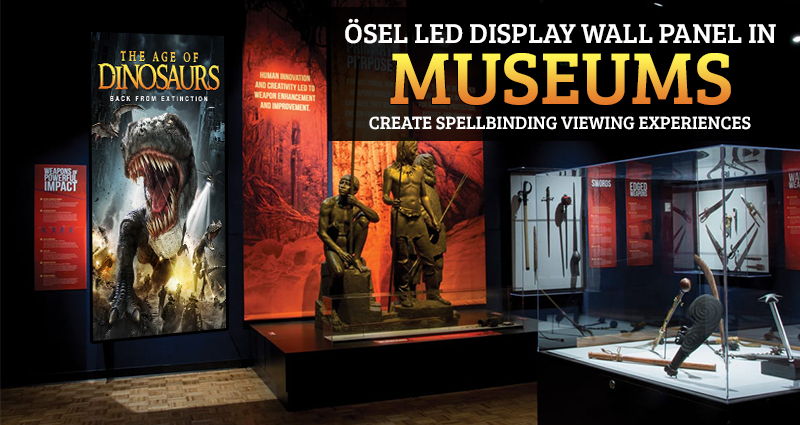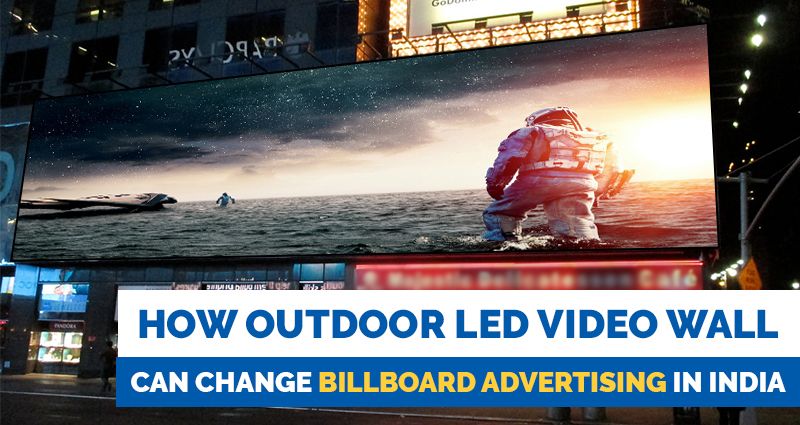
Meeting Room LED Screen Display Systems Amplify Messages
March 14, 2019
Higher ROI With LED Screen Display Board in Exhibitions
March 25, 2019Museums are repositories of heritage that offer knowledge of a country or region’s artistic, cultural, historical and traditional past with objects and artefacts dating back hundreds of years. Modern day museums also include a range of LED display wall panel frames that vividly present information to visitors in audio and visual format. For the inquisitive visitors, such presentations are excellent sources of knowledge and information about their country’s heritage, religion, art and architecture among others. Long lost civilizations like those of the Indus Valley come alive in animated audio-visual presentations that students find highly interesting.
Museums of fine arts
The museums of fine arts store some of the most valuable pieces of art and crafts but the sheer number of such artefacts is so large that it’s not possible to store all of these in the museums. Therefore, many museums today have LED displays and digital posters that can display multiple pieces of works of art. At the same time, many promising young artists are emerging with really impressive pieces of work that are adding to the nation’s treasure trove of fine art works. They all want their works to be displayed in the renowned museums and art galleries, and the LED displays are now the best platforms to display all the rich works of art in ever larger numbers.
Museums of archaeology
Archaeology is not just the mirror of a country’s past heritage but also of its present and future achievements. Any museum of archaeology can fire up a child’s imagination with what s/he can achieve especially when they see the high definition pictures of the wonderful works of architecture on LED display wall panel frames. The facades of the spectacular temples of South India when presented in high definition along with a textual description or audio narration of its history dating back hundreds of years, can leave visitors spellbound.
Museums of science and technology
It’s an out of the world feeling to watch high definition images of Martian landscape sent by the Mangalayan satellite that India had sent in 2013. It’s not just images of Mars but even high definition images of exotic geological locations in LED displays and digital posters that will leave visitors to a science museum, spellbound. There’s a world of information that can be presented with such spectacular imagery enriching the knowledge and experience of the visitors to the science and technology museums.





